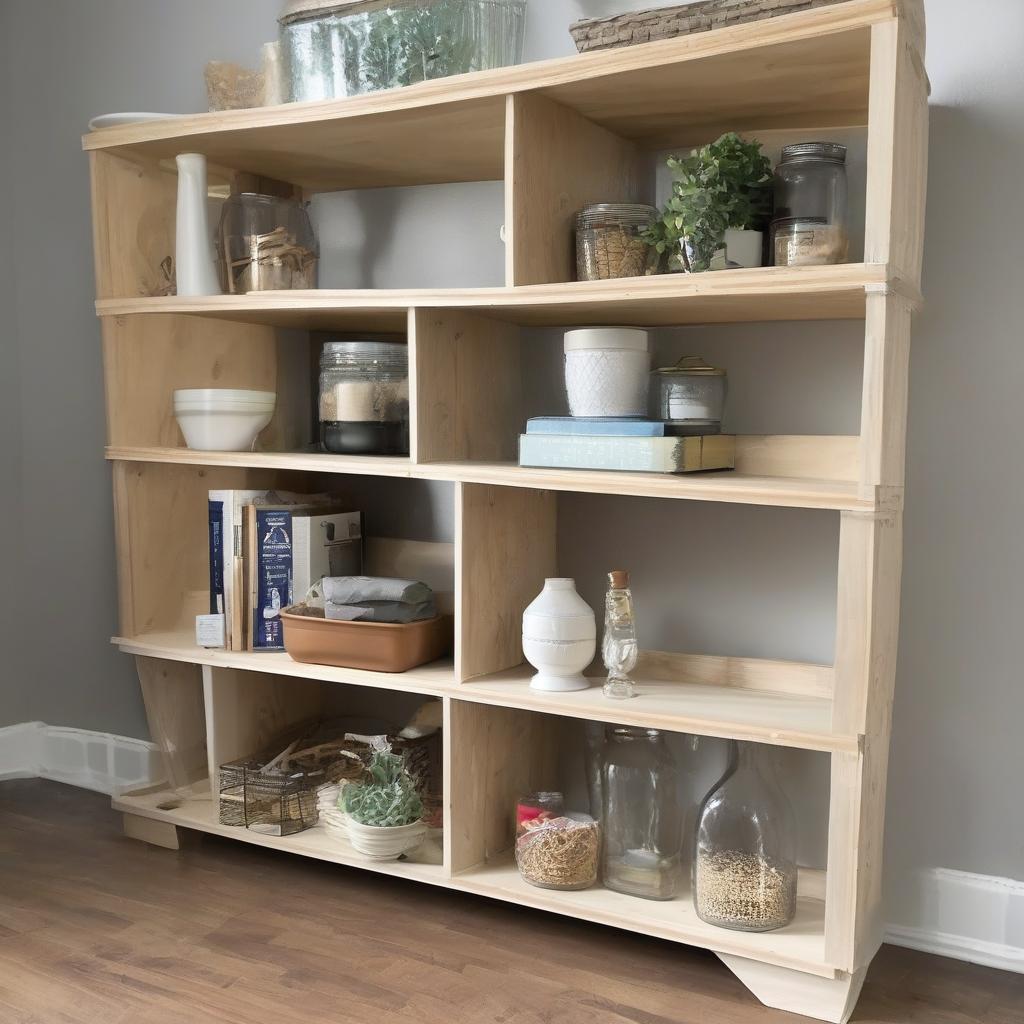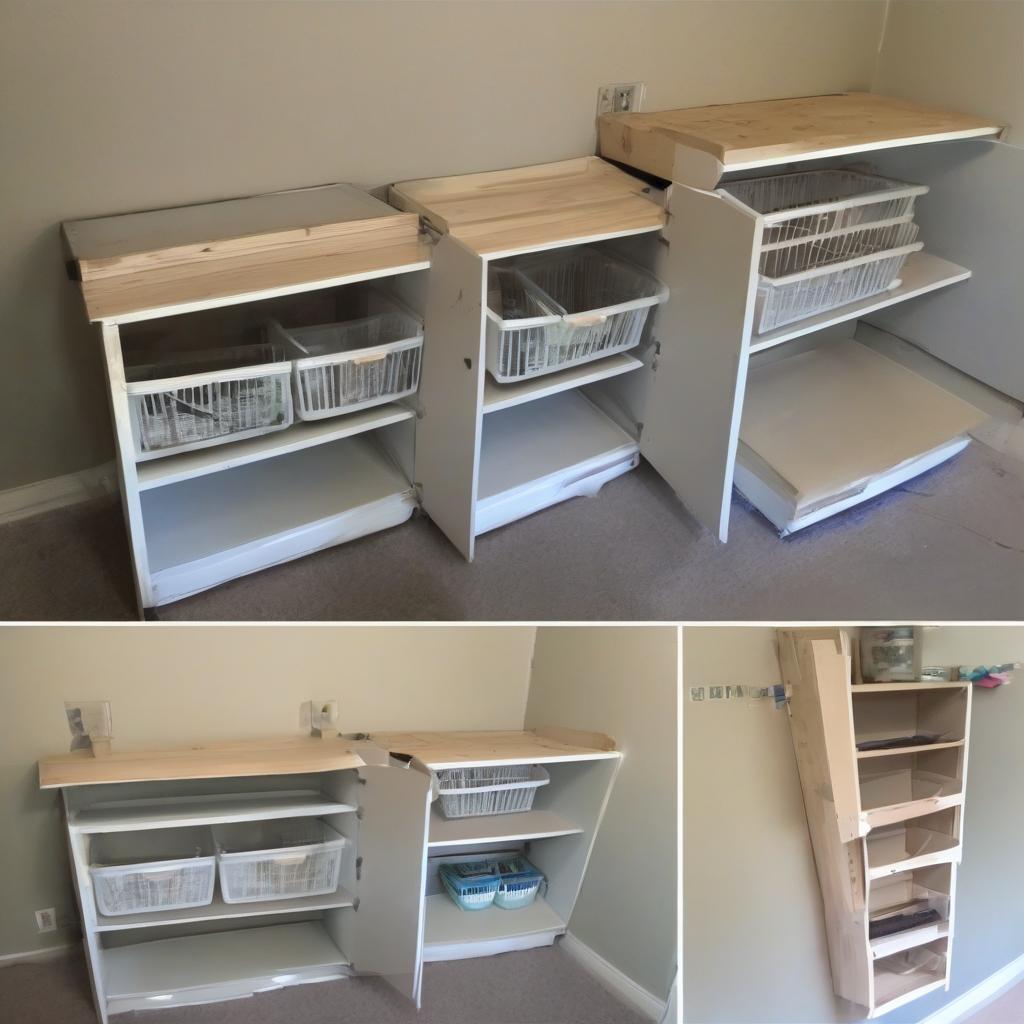
Understanding Shelf Weight Capacity: Factors and Considerations
When it comes to shelving units, one of the most pressing concerns is their weight capacity. Whether you’re storing heavy books, decorative items, or kitchenware, it’s essential to know how much weight your shelves can hold. A common query that arises is whether these shelves sag in the middle, and if so, what factors contribute to this issue.
Factors Affecting Shelf Weight Capacity
Several factors determine the weight capacity of a shelf, including the type of material used, the design and construction, and the size of the shelf. Let’s delve into these factors to gain a better understanding.
- Material: The type of material used to construct the shelf plays a significant role in determining its weight capacity. For instance, solid wood shelves tend to be more durable and can hold more weight than those made from engineered wood or particleboard.
- Design and Construction: The design and construction of the shelf also impact its weight capacity. Shelves with a sturdy frame, robust brackets, and a solid bottom tend to be more stable and can hold more weight.
- Size: The size of the shelf is another crucial factor. Larger shelves tend to be more prone to sagging, especially if they’re not adequately supported.
Sagging Shelves: Causes and Consequences
Sagging shelves are a common issue, particularly when they’re overloaded or poorly constructed. When a shelf sags, it can lead to a range of problems, including:
- Structural Integrity: Sagging shelves can compromise the structural integrity of the shelving unit, potentially leading to collapse.
- Damage to Items: Sagging shelves can cause items to fall or become damaged, leading to financial losses and potential safety hazards.
- Aesthetic Appeal: Sagging shelves can also detract from the overall aesthetic appeal of the room, making it look unkempt and disorganized.
Causes of Sagging Shelves
So, what causes shelves to sag in the first place? Some of the most common causes include:
- Overloading: Overloading the shelf with too much weight is a primary cause of sagging.
- Poor Construction: Poorly constructed shelves, with inadequate support or flimsy materials, are more prone to sagging.
- Inadequate Brackets: Insufficient or inadequate brackets can fail to provide the necessary support, leading to sagging.
- Material Degradation: Over time, the material used to construct the shelf can degrade, leading to a loss of structural integrity and sagging.
Determining Shelf Weight Capacity
To determine the weight capacity of your shelves, you can follow these steps:
- Check the Manufacturer’s Specifications: The manufacturer’s specifications should provide information on the weight capacity of the shelf.
- Assess the Material: Assess the material used to construct the shelf and its condition.
- Evaluate the Design: Evaluate the design and construction of the shelf, including the type of brackets used.
- Conduct a Load Test: Conduct a load test to determine the shelf’s weight capacity, but be cautious not to overload it.
Tips for Preventing Sagging Shelves
To prevent sagging shelves, consider the following tips:
- Distribute Weight Evenly: Distribute the weight on the shelf evenly to prevent overloading.
- Use Sturdy Brackets: Use sturdy brackets that are designed to support the weight of the shelf and its contents.
- Avoid Overloading: Avoid overloading the shelf with too much weight.
- Regular Maintenance: Regularly inspect and maintain the shelf to ensure it remains in good condition.
Conclusion
Understanding shelf weight capacity is crucial to ensuring the stability and safety of your shelving units. By considering factors like material, design, and size, you can determine the weight capacity of your shelves and take steps to prevent sagging. By following the tips outlined in this article, you can enjoy sturdy and reliable shelving that meets your needs.
Frequently Asked Questions
Some common questions related to shelf weight capacity include:
- Q: How do I know if my shelf is overloaded? A: Check if the shelf is sagging or if items are falling off. You can also assess the weight of the items on the shelf.
- Q: Can I repair a sagging shelf? A: In some cases, yes. You can reinforce the shelf with additional brackets or replace the shelf entirely.
- Q: What is the average weight capacity of a shelf? A: The average weight capacity varies depending on the material, design, and size of the shelf.
By understanding the factors that affect shelf weight capacity and taking steps to prevent sagging, you can enjoy safe and reliable shelving for years to come.
Frequently Asked Questions
- Q: How do I know if my shelf is overloaded? Check if the shelf is sagging or if items are falling off.
- Q: Can I repair a sagging shelf? Yes, you can reinforce the shelf with additional brackets or replace it entirely.
- Q: What is the average weight capacity of a shelf? It varies depending on the material, design, and size of the shelf.
















